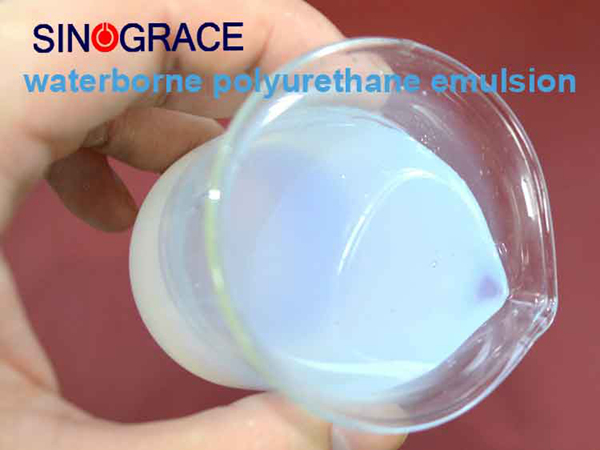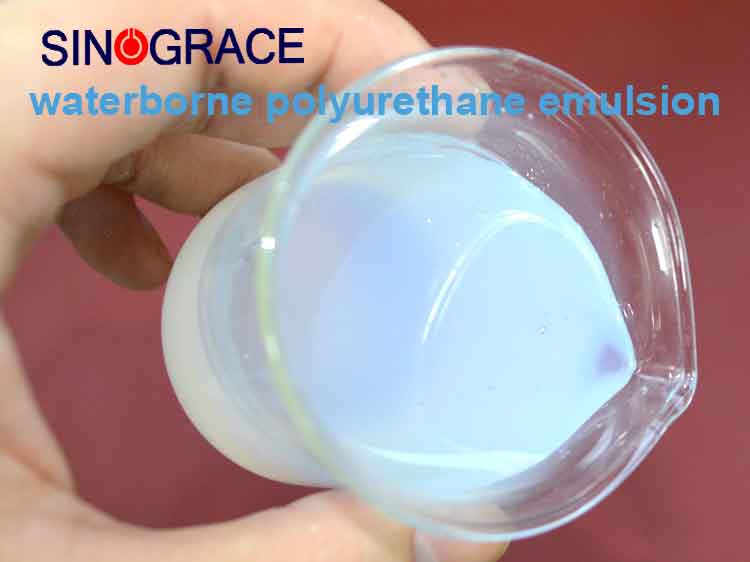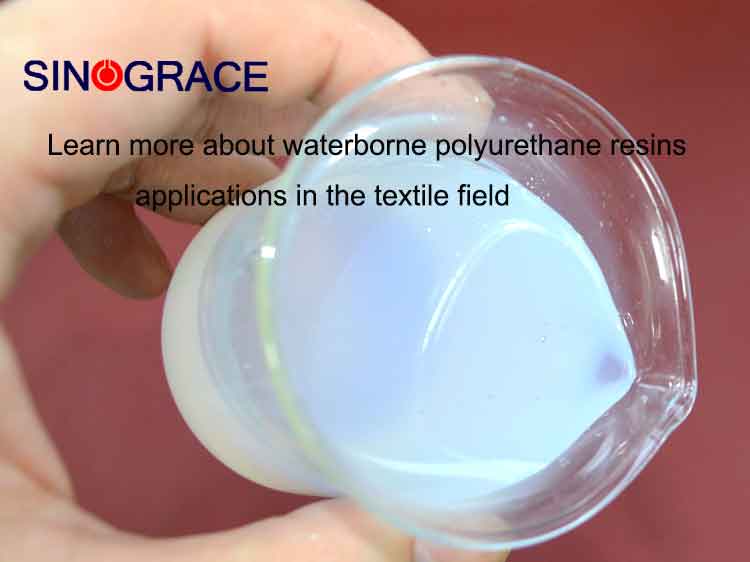Waterborne polyurethanes: properties, synthesis and application areas
Waterborne Polyurethane (WPU) is a polyurethane system using water as a solvent or dispersion medium. In recent years, with the increasingly strict environmental regulations and the improvement of people's environmental awareness, waterborne polyurethane, as an environmentally friendly material, has received extensive attention and research. First, the characteristics of waterborne polyurethane Environmental protection: Water-based polyurethane uses water as a solvent and does not contain organic solvents, thus reducing the emission of volatile organic compounds (VOC) and meeting environmental protection requirements. Weather resistance: Waterborne polyurethane has good weather resistance and can maintain stable performance under different climatic conditions. Flexibility: Waterborne polyurethane coating has good flexibility, can resist external stress, reduce cracking and peeling phenomenon. Wear resistance: Waterborne polyurethane coatings have high wear resistance and are suitable for applications where frequent friction and contact are required. Chemical resistance: Waterborne polyurethane has good resistance to a variety of chemicals, such as acids, alkalis, oils and so on. Second, the synthesis method of waterborne polyurethane The synthesis of waterborne polyurethane mainly includes the steps of prepolymerization, chain extension, neutralization and emulsification. Firstly, the prepolymer is formed by prepolymerization of polyol, isocyanate and other raw materials. Then, the molecular weight of polyurethane was increased by chain extension reaction with chain extender. Then, the polyurethane was neutralized by neutralizing agent to obtain hydrophilicity. Finally, the polyurethane is dispersed in water by emulsification to form a stable water-based polyurethane emulsion. Third, the application field of water-based polyurethane Paints and coatings: Waterborne polyurethane, as an environmentally friendly coating, is widely used in construction, furniture, automobiles and other fields. Its excellent weather resistance, flexibility and wear resistance make it an ideal coating material. Adhesive: Waterborne polyurethane adhesive has excellent bonding properties and water resistance, and is widely used in bonding wood, leather, fabric and other materials. Textile additives: Waterborne polyurethane can be used as textile additives to improve the softness, wrinkle resistance and wear resistance of textiles. Medical field: Because of its good biocompatibility and hydrolysis resistance, waterborne polyurethane is also widely used in the medical field, such as the preparation of artificial skin and drug carriers. Other fields: Water based polyurethane can also be used in ink, leather finishing agent, fiber treatment agent and other fields.
read more

 English
English français
français русский
русский español
español العربية
العربية








